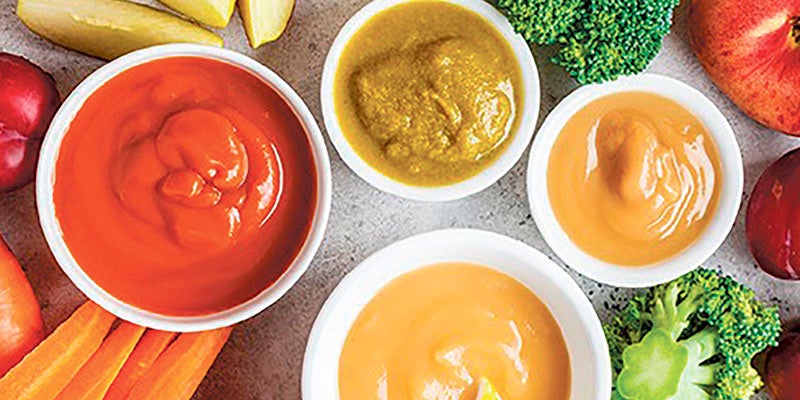Jena DeMoss: What is baby-led weaning?
Published 6:30 am Wednesday, July 14, 2021

- Photo provided
|
Getting your Trinity Audio player ready...
|
The term “baby-led weaning” is different today from what it was 30 years ago. In the past, it simply meant, “let babies wean from nursing or bottle feeding when they are ready and at a pace they choose.” Today, it refers to skipping the step of spoon-feeding a baby with pureed foods, and instead allowing the 6-month old to self-feed table foods. The foods offered must be soft, easy-to-grasp finger-foods at the “table” in their high chair with the family at mealtime. Examples include: bananas sliced lengthwise (picture matchstick sliced), soft-steamed or roasted (well-cooked) carrot sticks, broccoli florets or green beans, sweet potatoes, ripe peaches or mangoes, avocado slices, small lengthwise slices of toast, and small, moist cuts of diced meat that are easy to maneuver and swallow. An example of a well-cooked vegetable is one that you could smash with your tongue to the roof of your mouth. Important to consider: a baby must be developmentally ready to self-feed, including being able to sit up by themselves and have hand-to-mouth coordination.
We are born with innate cues of when to eat and when to stop eating. Babies let parents/caregivers know when they are hungry by fussing or crying. They let us know when they are full by pulling away from the breast or bottle. However, sometimes they pull away because of a tummy bubble or pain, which may lead to fussing and crying too. For various reasons, parents/caregivers might feed a baby based on schedule and/or convenience, which can lead to overfeeding. With the number of overweight children on the rise, researchers and health professionals are trying new ways of feeding, looking to enhance hunger and fullness cues.
Benefits to baby-led weaning:
• Allows baby to self-feed
• Reduces chance baby will be overfed
• Baby has opportunity to learn own cues of hunger and fullness
• Baby has opportunity to develop motor skills
• More varied diet
• Exposure to more textures at an early age
• Easier for parents at mealtime
Possible or perceived cons to baby-led weaning:
• Fear of choking
• Concerns over nutrient intake, especially iron
• Concerns over inadequate energy intake
•Lack of introduction of progressively varied textures
• Family foods higher in sodium and sugar
• Mess and food waste
It is always an option to choose a combination of feeding techniques. A modified baby-led weaning approach is where parents fully embrace the idea of “teaching” their child to listen to their hunger and fullness cues, but recognize that sometimes pureed foods or a spoonful of food is appropriate or a nice change. An example of following a modified approach: spoon-feeding Greek yogurt, baby self feeds banana slices (cut lengthwise) and sliced avocado. This modified approach can also help ensure that babies get adequate iron and zinc into their diets. An example of this would be spoon-feeding pureed beef and/or iron-fortified baby cereal at mealtime, along with allowing the baby to self-feed sticks of avocado and banana.
If you are looking to learn more about this topic, Hy-Vee dietitians will be leading “Baby’s First Foods” virtual cooking classes 10 times throughout the month of July. Each cooking class will focus on how to introduce your baby to foods, baby-led weaning versus purees and simple meal preparation recipes. The Hy-Vee dietitian will address questions that class participants have. Visit www.hy-vee.com/health to register for this class.


